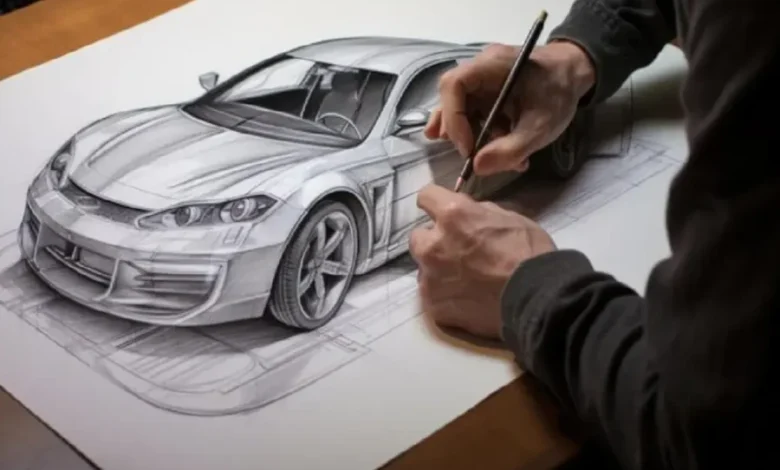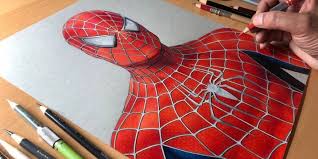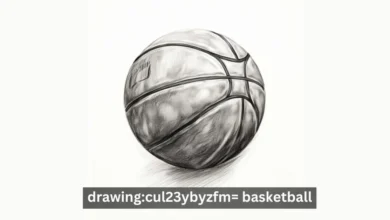Mastering the Art of drawing:burmhcczepe= car: Tips and Techniques for Beginners

Introduction to drawing:burmhcczepe= car
Drawing is a beautiful form of expression that allows you to capture the world around you. Whether it’s an intricate car design or a simple sketch, mastering this art can be incredibly rewarding. But where do you start? If you’re a beginner eager to transform your scribbles into stunning illustrations, you’ve come to the right place. This guide is packed with tips and techniques tailored just for you. Let’s ignite your creativity and embark on this artistic journey together!
The Importance of Basic Skills
Basic skills form the foundation of any artistic endeavor, including drawing. Without them, even the most ambitious projects may fall flat.
Learning to control your pencil is crucial. Simple lines and shapes are building blocks for more complex images. Mastering these elements boosts confidence and sets you on a path toward improvement.
Understanding perspective can transform a flat image into something that feels three-dimensional. Grasping concepts like proportion ensures that your drawings maintain realism.
Moreover, honing basic techniques fosters creativity. When you’re comfortable with fundamentals, you’re free to experiment without fear of failure.
These foundational skills also enhance observation abilities. You’ll start noticing details in everyday objects that inspire new creations.
Invest time in developing these basics; they will pay off immensely as you progress in your artistic journey.
Essential Tools for drawing:burmhcczepe= car
Having the right tools can make a world of difference in your drawing journey. For sketching cars, you’ll want both precision and versatility.
Start with high-quality pencils. A range from 2H to 6B allows for fine lines and rich shading. The harder pencils are great for details, while softer ones give depth.
Next up is good paper. Look for smooth textures that can handle erasing without tearing. Sketchbooks specifically designed for pencil work often yield the best results.
Don’t forget about erasers! A kneaded eraser is perfect for lifting graphite gently, while a vinyl one works well for sharper corrections.
Invest in blending stumps or tortillons to create seamless transitions between shades. These small tools help achieve that polished look car drawings demand.
Understanding Pencil Grades and Techniques
Pencil grades play a crucial role in achieving the desired effects in your drawing. They range from H to B, with H pencils being harder and lighter, while B pencils are softer and darker. Understanding this scale allows you to select the right pencil for different aspects of your work.
For detailed line work, stick to higher H grades. These produce fine lines that help define shapes without overwhelming details. On the other hand, B pencils excel when shading or creating depth; their softness enables rich darks and smooth gradients.
Experimenting with techniques such as cross-hatching or blending will elevate your skills further. Cross-hatching involves layering lines at various angles, adding texture and dimension to your drawings. Blending can soften harsh lines and create more realistic shadows.
Always keep a variety of pencils on hand. This versatility will empower you to tackle any drawing challenge effectively.
Step-by-Step Guide for drawing:burmhcczepe= car
Start by gathering reference images of cars. Look for different angles to understand the structure better.
Begin with basic shapes. Sketch a rectangle for the body and circles for wheels. This simplifies proportions and layouts.
Once you have the basic outline, refine your shapes. Add details like windows, headlights, and grille outlines. Focus on symmetry to create a balanced look.
Next, think about shading. Use lighter tones where light hits and darker shades in shadowed areas to give depth.
Pay attention to textures too. Different materials—metallic versus glass—require varied techniques to portray realism effectively.
Take a step back frequently. Assess your work from different distances; this helps identify areas that need adjustments or more detail.
Common Mistakes to Avoid
When starting your journey in drawing a car, it’s easy to slip into common pitfalls. One major mistake is neglecting proportions. Many beginners overlook the size relations between different parts of the vehicle, leading to awkward designs.
Another frequent error involves rushing through details. Patience is key; skipping over finer elements can result in an incomplete look that lacks realism and depth.
Don’t forget about perspective either. Failing to understand how angles affect a car’s shape can lead to distorted images that don’t resemble reality.
Many aspiring artists shy away from using reference photos. Relying solely on imagination might hinder progress—real-world examples provide invaluable guidance for capturing accurate features and curves.
Being aware of these mistakes helps you avoid them as you improve your skills in mastering the art of drawing cars.
Tips for Improving Your drawing:burmhcczepe= carSkills
Practice regularly. Set aside time each day to draw, even if it’s just for a few minutes. Consistency builds confidence and skill over time.
Study from life. Observing real cars can enhance your understanding of shapes and proportions. Visit car shows or simply take walks around your neighborhood to sketch.
Analyze different styles. Explore variations in automotive design by examining various artists’ work or different makes of cars. This will inspire creativity in your drawings.
Seek feedback from others. Join online forums or local art groups where you can share your work and receive constructive criticism.
Experiment with techniques. Try using charcoal, ink, or digital tools alongside pencils to discover what feels best for you.
Stay patient and persistent as you improve your skills; every artist’s journey is unique, filled with learning experiences that shape their style over time.
Conclusion to drawing:burmhcczepe= car
Mastering the art of drawing a car is an exciting journey that opens up endless possibilities for creativity. Whether you’re sketching your dream vehicle or practicing your skills, every stroke helps you improve. Keep in mind the importance of basic skills and invest in quality tools to enhance your experience.
Understanding pencil grades can elevate your work, allowing for more nuanced shading and detail. Following a structured step-by-step approach simplifies the process, making it accessible even for beginners. Remember to be aware of common mistakes; recognizing them early can save time and frustration.
As you continue refining your techniques, embrace each challenge as part of learning. Seek feedback from fellow artists or online communities to gain new perspectives on your work. With patience and practice, you’ll find yourself not just drawing cars but also expressing your unique style through them.
Stay inspired by exploring different types of vehicles and styles. The more you immerse yourself in this world, the more confident you’ll become in creating stunning automotive art pieces that reflect both skill and passion.




